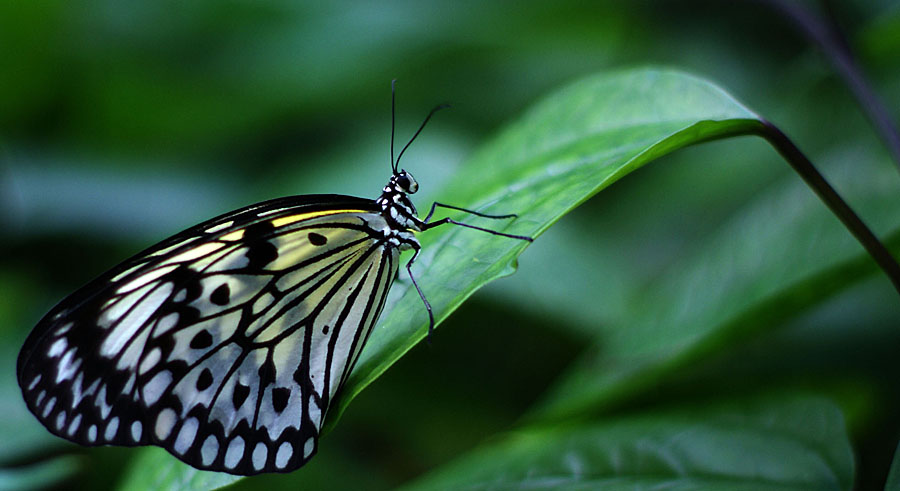Throwback Thursday: From the Archives
Photo of a butterfly from Andrew Rose courtesy of Flickr.com
Here at PERC, we have long observed the power of private conservation efforts. This year we have undertaken a research initiative to explore market-based conservation and the people that undertake private efforts to conserve in the public interest. Looking back, it’s clear that many of these ideas had already taken root many years ago.
A Different Type of Green:
Then: A gold mining operation in the early 1900s ravaged Alder Creek in southwestern Montana. Cominco American, a mining company, sifted through the mining tailings in the 1990s, removing valuable garnets it could then sell for profit, and restoring the creek to its natural state.
Now: Rey Creek in southern Montana was once a muddy ditch that was popularly used as a local dumping ground. Land developers bought the creek and restored it to a clear trout stream, knowing they could then sell the fly fishing paradise for a heavy profit.
Ranching for Wildlife:
Then: In Central America, slash-and-burn agriculture was destroying large sections of rain forest. Raising butterflies that could then be sold to scientists, collectors, and museums provided an incentive to keep the tropical forests intact for butterfly habitat.
Now: Ridge Top Ranch in California earns conservation credits for providing habitat for the endangered Callippe silverspot butterfly. Credits can then be sold to developers in the San Francisco area, funding more conservation efforts.
Trash to Treasure:
Then: Industrial designer Dan Cramer turned corn fiber into a substitute for petroleum-based plastics. Green Goods, his company, used compression-molded corn fiber to make bowls, trays, picture frames, and mantle clocks.
Now: Griffin Vanze thought that recycled fabrics were being underutilized in the fashion world. His company, 2WO BRAND, breaks down old clothing and turns it into new fabric which is then used to create new looks.
As we embark on our research efforts exploring private conservation, the stories of private landowners doing what’s right by the environment throughout history and around the world continue to pop up. Today we often separate examples of conservation into private conservation or government conservation, but it seems it hasn’t always been this way. Back before government told us to limit carbon emissions, clean up waters, and protect wildlife, people still found it beneficial to take care of the world around them. They knew that what they invested in the environment could benefit them – they were doing well by doing good.
Today these efforts continue, doing more good for local environments than any broad government policy. For more stories of how private entities can help the environment, check out our map of private conservation around the world.
Read more about past private conservation efforts here.




